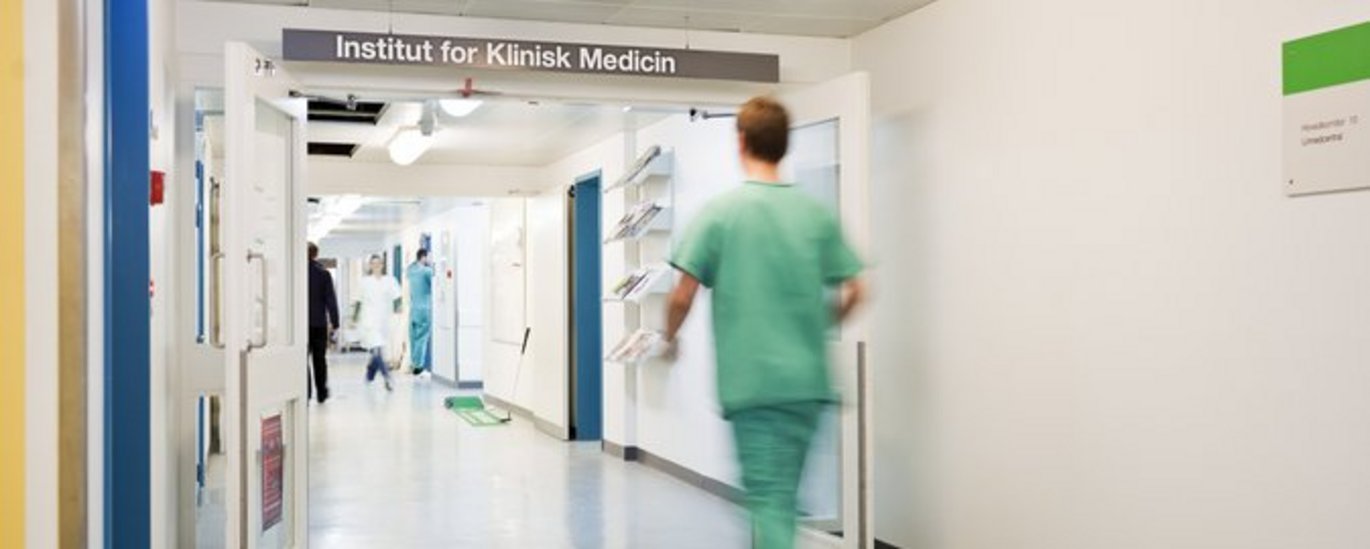Layoffs at the Department of Clinical Medicine
As a result of millions of kroner in cutbacks at the Department of Clinical Medicine, about 10 staff members are set to lose their jobs this month.


Update Friday 6 March: On Monday, six employees at the Department of Clinical Medicine were informed that the department planned to let them go or reduce their hours as a consequence of budget cutbacks. Read more (article in Danish)
At a meeting on 21. Feb, management at the Department of Clinical Medicine informed the departmental liaison committee (LSU) about the consequences of major cutbacks at the department. The layoffs are happening because the department has to cut costs by 36 million kroner by the end of 2023.
And to meet that target, Department Head Jørgen Frøkier estimates that he will have to let about ten employees go this month.
Structural budget shortfalls
The department’s executive management has known about the hole in the budget since the end of last year, and they informed the LSU about the situation at two unscheduled meeting this January.
At the first of these meetings, Jørgen Frøkier briefed the LSU’s members about the factors behind the department’s strained finances: the basic funding from the state isn’t enough to finance personnel costs; the department has a 15 million kroner budget shortfall from previous years that has to be corrected; and the relocation to Skejby has ended up costing more than the management expected.
And as it turns out, the department will also have to pay significantly more in rent than expected when it moves into the Forum high-rise, the last major planned construction project in connection with the centralization of Aarhus University Hospital in Skejby. Instead of two million kroner annually as expected, the department is facing a staggering eight million kroner annually in rent. Construction on the Forum is expected to be completed in 2022.
Another contributing factor is falling revenues from student FTE funding (some of the department’s basic funding from the government is linked to how many students successfully complete their degrees, ed.) The Ministry of Education has introduced a new model for calculating these subsidies, and even though the department is admitting more students, this won’t offset the revenues lost as a consequence of the new model until about 2024.
27 million kroner in cutbacks found
Over the last few months, the department’s management has worked to minimize the number of layoffs by finding other ways to economize.
By going through the entire budget with a fine-toothed comb, management has 27 million kroner in savings. This includes reassigning two administrative staff members, postponing planned hires and redistributing funds from units with ample funding in order to equalize the economic situation of less well-funded units.
Offering voluntary severance agreements is another strategy the management has attempted to use to avoid layoffs. Four employees had applied for a severance package by the 20 February deadline. But management decided not to accept their resignations, on the grounds that their units would not be able to do without the employees in question and would have to hire replacements again shortly.
What about funds from the lifting of the reallocation contribution?
At an LSU meeting in January, the employee reps asked about the possibility of drawing on the funds freed up by the lifting of the reallocation contribution – again in an attempt to find ways to reduce the number of layoffs. But management replied that this wasn’t on the table, because the senior management team has decided to retain these funds and use them to finance the division of the natural sciences faculty into two independent faculties.
Not the first round of layoffs at Clinical Medicine
The last major round of layoffs at the Department of Clinical Medicine hit in 2016, in the wake of a 21 million kroner budget shortfall in 2015. 17 employees lost their jobs.
Kristjar Skajaa, head of the department at the time, explained that the layoffs were caused by a structural problem: heavy payroll costs. More precisely, the department had hired too many people over a number of years, which according to Skajaa was the result of a rather too optimistic approach to staffing in connection with big external grants.
Translated by Lenore Messick

